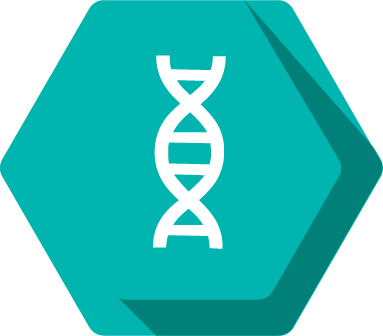Rami Shams

Pronouns: He/Him
Research Mentor(s): Marcin Cieslik, Assistant Professor
Research Mentor School/College/Department: Computational Medicine and Bioinformatics / Pathology, Michigan Medicine
Presentation Date: Thursday, April 22, 2021
Session: Session 2 (11am – 11:50am)
Breakout Room: Room 7
Presenter: 3
Abstract
Current algorithms that analyze data from Next-generation sequencing(NGS) systems have a blind spot for Copy Number Variants(CNVs) involving one or two exons. This involves the insertion or deletion of entire exons or coding regions of the DNA. This is an important complication because deletions involving one or two exons are usually associated with the deactivation of an entire gene. The purpose of this research project is to design a novel algorithm which can detect single exon CNVs and quantify how common these aberrations are in human cancers. This project utilizes the R programming language and popular R packages such as Bioconductor to design the algorithm and parse genetic data. The algorithm will be built using existing statistical techniques such as the Hall and von Neumann estimates for variance. The data is obtained from a database of hundreds of samples in order to accurately describe the per-exon variance. Results are expected that allow for more consistent identification of single exon CNVs in human cancers. It is also possible that this increase in sensitivity and accuracy will be associated with a decrease in specificity when compared to current algorithms. This research can improve the ability to characterize different cancers which can help inform clinical diagnostics and ultimately improve outcomes for patients.
Authors: Marcin Cieslik, Rami Shams
Research Method: Computer Programming







